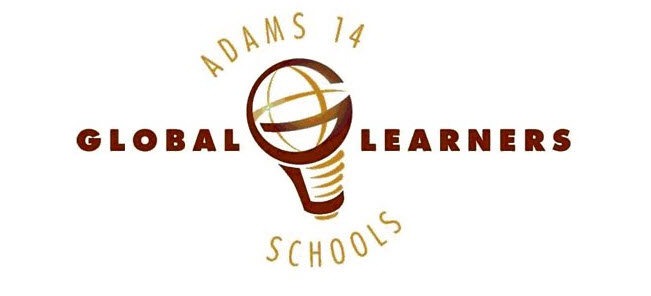Monday, December 6, 2010
Digital Storytelling
For our fifth grade music program, the theme is winter, so every year we have a poetry contest for the students to submit their own creative poetry. This year, we decided that the students who were selected as winners would use Photo Story to publish their poetry, and then these would be shown throughout their music program for their parents. The response we got from the students has been extraordinary! More students submitted poetry, many of whom wrote the poems on their own time at home. The next test will be to make sure that we can get everything hooked up and working during the program! I'm continually amazed at exactly how motivating using technology is for students!
Thursday, December 2, 2010
Monstruosly Fun Writing

Monster Exchange: 1st and 2nd Grade Writing Collaboration!
It began with each of our classes designing and drawing a monster. Then we used the Writing Process to write sentences describing our monsters. Our next step was to record each student reading their monster sentences and post them on my wiki. Each class read the other's writing and tried to draw each students' monster. Once each class had read about and drawn the monsters, we posted the pictures on the wiki. Our final step truly created a valuable and effective teaching moment when students saw the drawings of their monsters and commented on eachother's writing! For my students, they were amazed by how much detail the second graders used and how it helped them draw the monsters. They were instantly eager to try their own writing again and add juicy words and descriptions like the second graders did! I was able to take this energy and explain how good writers can truly create a picture in the reader's mind by using descriptive and clear sentences.
Commenting on eachother's writing also introduced blogging to my students. I had groups of students discuss one student's writing and then share their comments with me. I typed them onto our blog and then had the students read their comments on the wiki. They LOVED this! It gave them a voice in so many ways! I also loved how their comments made them reflect on their own writing and what makes writing "good".
I will definitely do another blog and collaboration like this again. It will be great to let students have another try with descriptive sentences and see what they come up with! Then we can compare and see all the progress in our writing!
A HUGE thanks to Mr. Fisher's class for sharing with us and inspiring us to be great writers!!
Please visit my wiki: http://chamberlainfirst.wetpaint.com/ and go to the Writing section and then Monster Exchange to see our writing and blogging!
Here is an example of one of my students reading his monster sentences.
Storytown Powerpoints on Atomic Learning For Primary!
These powerpoints are available on Atomic Learning. So far I have completed Lessons 1-12. I will have the remaining lessons completed and posted by the end of this year. I hope this helps other first grade teachers using Storytown!!
Student Film Project
This project was fun and motivating for students to complete. It is taking much longer to complete than anticipated or planned for. So we just take it one day at a time! When students have free time and are finished with their other work then they can work on their film projects. Slowly but surely the will be finished and some might even get submitted to the film festival.
Visit our classroom blog for examples! They will be posted as they are completed: http://rmtwentyone.blogspot.com
Time For Kids

I don't know if anyone else uses TFK Magazine, but even if you don't subscribe to it in your classroom, the online version is really useful (and free). You can access current events stories, printable worksheets, graphic organizers, and quizzes. It's appropriate for grades 1-6 with magazines for each level. It also offers a kids' site and a teacher site. What I'd like to start doing is having the kids read the cover articles then blog about it. I did this last year and it was an effective way to help the students better remember what they're reading about, and it also increases engagement and comprehension. You can see past examples of this on my blog. You can access TFK online here.
Wednesday, December 1, 2010
Earth Science Lessons
Advantages of Technology in the Elementary Classroom
Resource:
http://en.wikibooks.org/wiki/Integrating_Technology_In_K12/Advantages_of_Technology_in_the_Elementary_Classroom
Blogging
Summative Assessments
Final Projects
At the end of December the students will be creating their 3rd project of the semester. They have become very good at using Photo Story, Publisher, and Power point. The students love making these projects and have begun to ask almost every day, “Are we using computers?” I believe the project tie all the content together and hopefully will help them remember the material better.
This project includes setting up proportions to find actual distance between 2 places on a map. They will map out a road trip where they stop at 5 different places. First they must measure in cm the distance between 2 cities. Then they will set up a proportion based on the scale given to them to find the distance in miles. After that they will research one city and write a paragraph on their research. Finally they will use proportions to find out how long their road trip will take them. The final goal is to make a project on the computers describing their road trip.
top 100 educational blogs

Hey all. Came across this the other day. Might be worth your while to check it out. The blog entry can be accessed by clicking here .
Thanks, Doug

